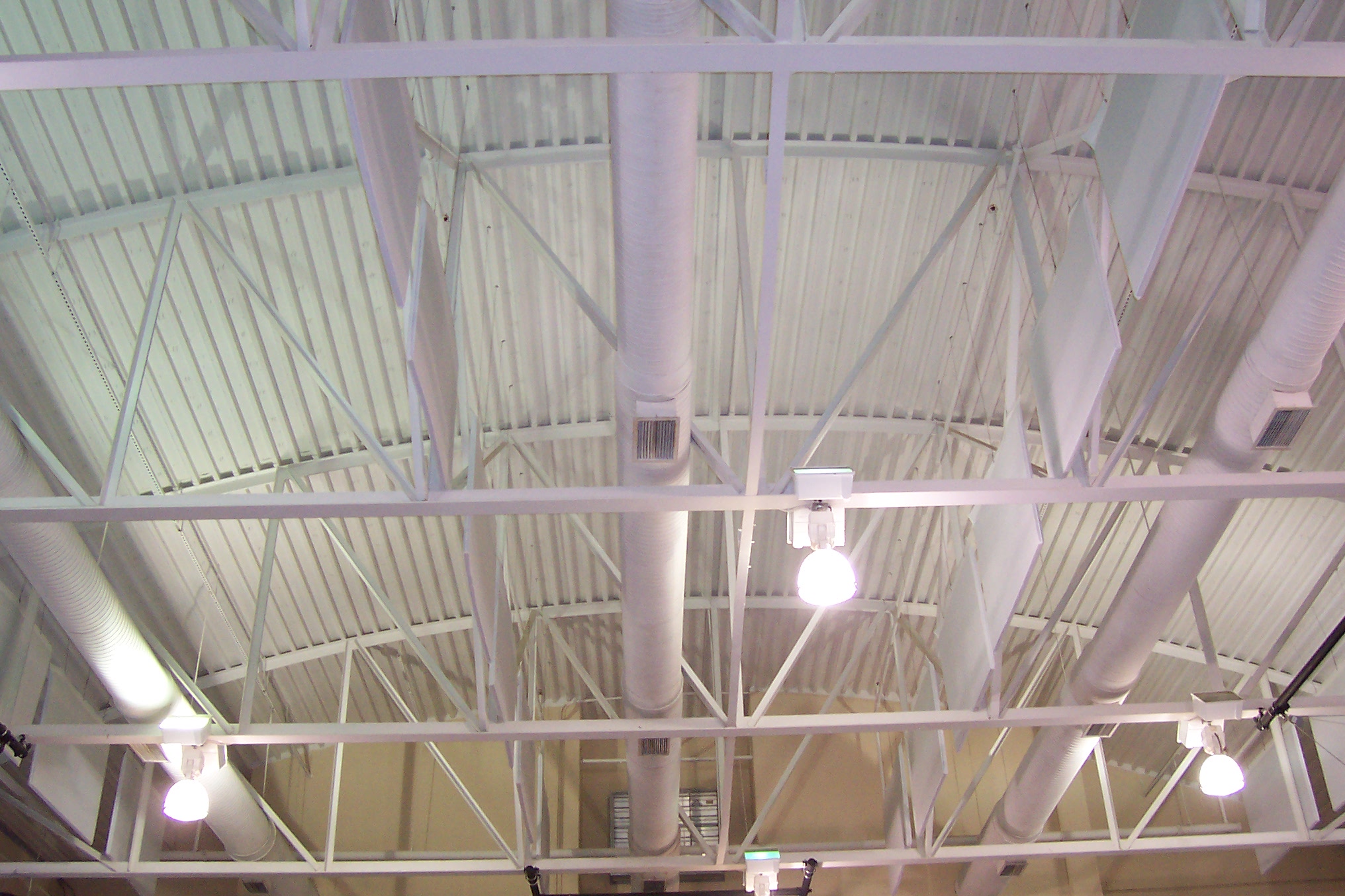Beyond the Tech: Cutting Corner Concerns
Why you need to err on the side of caution when lives are at stake.

I recently watched a documentary with my kids on the space shuttle disaster of January 1986. It discussed the events leading up to the failure of “O” rings due to the cold weather and hot gases leaking, which caused the explosion.
Apparently, there was a last-minute teleconference between the Morton Thiokol engineers who manufactured the booster rockets and the Marshall Space Flight Center. At first, the engineers recommended not to launch due to freezing temperatures. Then, there was an offline discussion; when they came back on, they had changed their minds and agreed to the launch. Of course, a documentary can be edited to steer you in a certain direction, but it appeared to me that this tragedy could have been prevented had they stood up to the pressure to launch.
[Viewpoint: Hidden Safety Concerns Should Be Top Priority for Event Productions]
There was a Presidential Commission to investigate the accident, and the Rogers Commission Report concluded that NASA accepted the risk of O-ring erosion without evaluating how it could potentially affect the safety of the mission. The commission also found the safety culture and management structure at NASA were insufficient to properly report, analyze, and prevent flight issues, while the pressure to increase the rate of flights negatively affected the amount of training, quality control, and repair work that was available for each mission.
What If?
More frequently than we would like to admit in our industry, our work puts people’s lives at risk. And we are accountable. While not as high profile, I have been in situations where my safety and engineering recommendations were discounted, and I had to fight for what I believed was right. Frankly, I did not give in to the pressure.
The issue here is that no one will ever know "what if,” and that is the problem with making decisions that often rub others the wrong way. They don't err on the side of caution and are willing to take risks that they, not being engineers, should not even have the authority to make.
One personal example was a project for an elite private school. As the engineer, I designed an AV system for a gymnasium that included a rolling cart, motorized screen mounted on the wall, pendant loudspeakers, and a large projector.
A daily selection of features, industry news, and analysis for AV/IT professionals. Sign up below.

Due to the screen size, the projector would be suspended between two steel structural beams almost 12 feet apart. I came up with a mounting solution using two steel pipes, which would be fastened to the beams with clamps. The projector would then be suspended from the piping.
I knew we could do this, so the next questions concerned the type and size of the pipes. Children’s lives were at stake here, so I called an old college buddy, who had earned a degree in structural engineering, and had him do the calculations for me. (I also had him send me the formulas he used so that I could do it myself next time.)
It turned out that we needed Sch40 pipe, 2-inch in diameter. I put the dimensions on my drawings and sent it to the contractor who was going to do the installation. He sent back a quote using 1.5-inch Sch40 pipe. I gave him a call and told him that this was not a guess—I did the engineering, and with standard safety protocols, it had to be 2-inch pipe. He basically said I didn’t know jack, he did this all the time, and he was going to put in what he had on his truck. Then he added a couple of other expletives I know won’t be published and hung up on me!
I have been in situations where my safety and engineering recommendations were discounted, and I had to fight for what I believed was right.
At the time, I worked for one of the largest integrators in the United States, and their exposure in the event of an accident would, of course, be huge. There was also the possibility of injury or worse, and I was not having that, especially with my name on the drawings!
I went to my director of operations and told him of the call and showed him the calculations. He said he didn't care, and the contractor/ installer was going to go on with the installation and would use whatever he wanted without regard for the information I provided. Then he told me to get out and added a few expletives, too.
[On Your Business: Leadership Lessons from Ted Lasso]
I was still not having it and escalated the matter to administration. I said I would go up the ladder, if necessary, and expose this attempt at saving some money and time while risking the safety of children as well as exposing the company to huge liability. They gave in and I was able to have them use the 2-inch pipe.
No Safety Shortcuts
In addition, there were 20 pendant loudspeakers suspended from the structure throughout the gym. I took the extra effort to note on the drawings that they were to use the supplied safety cabling, attached to the structure, as detailed in the mounting instructions.
When I told the contractor we would still use them if they followed my drawings, they agreed. I even went out of my way to remind them of the safety cabling for the pendants.
Well, what do you think happened when they said they were done hanging the loudspeakers and ready for inspection? Did they install the safety cabling? Of course not. What was the matter with these people?
[Beyond the Tech: Do You Go the Extra Yard?]
Instead of using some of the same expletives they shared with me during the pipe discussion, I simply told them to get back on the lift and attach the safety cable to each and every pendant loudspeaker in the gym. Oh, and if they want to work with us again, stop taking shortcuts and follow the drawings and installation instructions as given.
While this incident may seem simple on the surface, it is not. There are sub-layers here that go deep into our psyche—how we do things, how we interact with others, and how we stand up for ourselves and others. When you fight the good fight and you win, you often lose, as you get labeled a troublemaker. That can lead to being disparaged by management and coworkers, sometimes even fired from your job.
So, what do you do? Not every situation will play out as drastically as the shuttle disaster, but I say err on the side of caution when lives are at stake. Stand your ground, and never be a part of something you do not believe in.
For me, I take pride in knowing I have fought this fight over and over. Is it possible that I may have saved lives by being a stubborn engineer? I don’t know—but I do know right from wrong, and that's how I live my life. How do you live yours?

I am Doug Kleeger, CTS-D, DMC-E/S, XTP-E, KCD, the founder of AudioVisual Consulting Services. I got into this industry frankly, not by choice, but because of my love of music. My first experiences were an AM radio and hoping my favorite songs would come on the radio. There were three standouts: Yesterday (1965), the Hawaii Five-0 theme (1968), and A Boy Named Sue (1969). I was eight when my grandfather bought me my first radio from Lafayette (now defunct electronics store). I still remember perusing the pages of their catalog, looking at all the different types of equipment, putting together systems in my head. Who knew? I still do that today…can you imagine…more than 55 years later!
